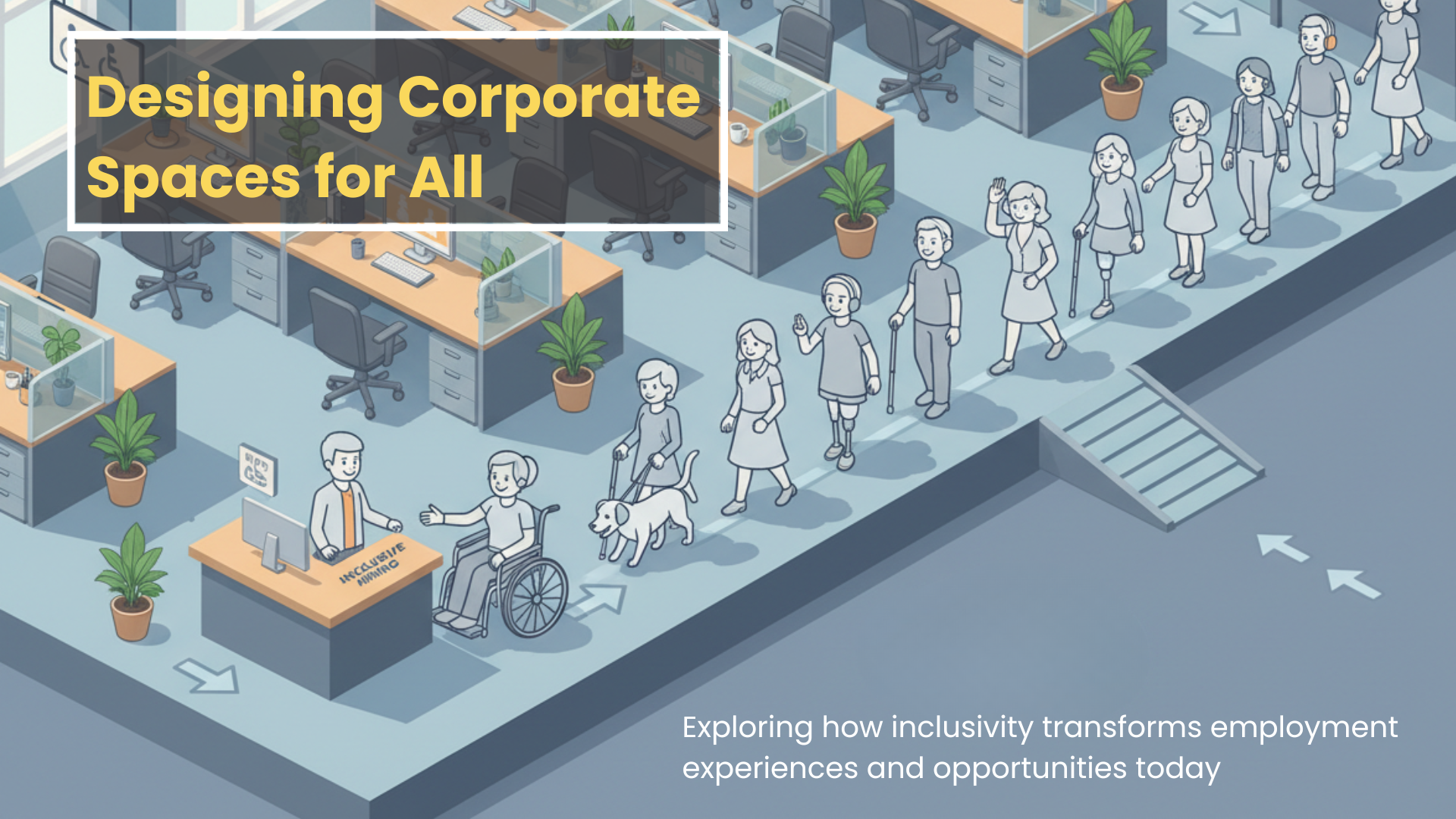Semiconductors are all the rage now. With the sudden rise of technologies such as AI (artificial intelligence) and quantum computing, the race is on amongst all nations to manufacture their own, best quality semiconductors to run these technologies.
The ability to control and tailor the thermal transport in semiconductor materials is critical for better thermal management in various nanoscale devices.
A phenomenon known as thermal rectification (TR) is very useful for thermal management. In this phenomenon, heat conduction in the materials is done by having a preferential direction of heat transport, i.e. higher heat conduction along a particular direction while having simultaneously low heat conduction in the opposite direction.
Thermal rectification (TR) has attracted significant research interest in the scientific community as it can be used in phononic circuits (phononic circuit is a system designed to manipulate and control mechanical vibrations, or, phonons, at the nanoscale), data storage, and thermal management at the nanoscale.
Graphene, a two-dimensional allotrope of carbon has been attracting a lot of interest in the scientific community. Its outstanding properties, such as high thermal and electrical conductivity make it an ideal material for thermal management at the nanoscale.
However, the thermal transport in graphene is influenced by various factors such as defects, strain, and substrate. By carefully tuning these parameters, directional dependent heat transfer, i.e. TR can be achieved in graphene.
TR phenomena is realized in graphene through asymmetric structure, patterned defects, doping, and surface functionalization.
The direction of TR was found to be along the direction of decreasing width in the asymmetric structures. With an increase in length and width, the TR diminishes.
In regular symmetric graphene, the lattice deformations alter the phonon (a phonon is a quantum of vibrational energy in a material) transport and the phonon-phonon scattering. However, when the lattice structure is deformed asymmetrically, the phonon properties across graphene would be different, and thus, could result in TR.
The origin of the TR due to asymmetric deformation is not well understood. Therefore, in this study, the authors Dr. Dheeraj Venkata Sai Kavuri and Prof. Sarith P. Sathian from the Department of Applied Mechanics, Indian Institute of Technology (IIT) Madras, Chennai, India, have proposed strain gradient (strain gradient is a variation of strain across a material) as an alternative method for realizing TR in monolayer graphene, wherein the TR ratio and the TR direction can be tuned dynamically.
Two strain gradients, namely, compressive and tensile, are considered. It was found that under a compressive strain gradient (CSGG), the heat flows preferentially from the high-compressed region to the lower region. In a tensile strain gradient (TSGG), the direction of TR is dependent on its length. For a smaller system, the TR occurs from the high-strained to low-strained region, and the direction is reversed for TR in the opposite direction. The TR direction is altered when the location of the strain gradient is changed.
Additionally, the authors propose a series thermal rectifier by coupling graphene under strain gradient to asymmetric defective graphene (ADG). A significant increase in the series thermal rectifier is observed when compared to TR in ADG.
Thus a novel monolayer graphene-based thermal rectifier with strain gradient was proposed. The proposed strain gradient and series thermal rectifiers were found to be experimentally feasible. These findings will be helpful in the design of thermal circuits for better heat management at the nanoscale.

Prof. B. Premachandran from the Department of Mechanical Engineering, Indian Institute of Technology (IIT) Delhi, New Delhi, India, explained the importance of the authors’ work with the following comments: “The influence of tensile strain on 2D nanomaterials is different compared to bulk materials. The effect of tensile strain on phonon properties and the interplay of various factors in determining the thermal conductivity of 2D materials are very important in the semiconductor electronics and sensor technology.
Thermal rectification (TR) phenomenon has attracted significant research interest owing to its potential application in phononic circuits and thermal management at the nanoscale electronics and sensing technologies. In this study the authors, Dr. Dheeraj and Prof. Sarith, have proposed a novel graphene-based thermal rectifier under a strain gradient. Two kinds of strain gradients, namely, compressive and tensile, are considered. Interestingly, they have found that the direction of thermal rectification can be altered by changing the location of the strain gradient. I believe that this study will pave way for more interesting research effort leading to the development of technologies in which the strain gradient will be used to control the thermal rectification ratio and its direction. The important applications are in the design of phononic devices and thermal logic circuits.”
Article by Akshay Anantharaman
Click here for the original link to the paper










